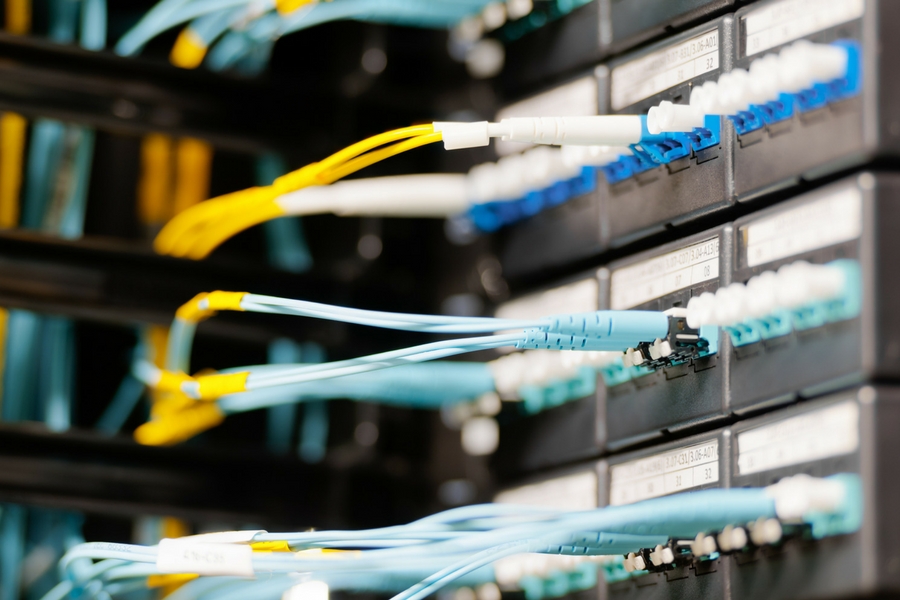Your company’s data center is the most crucial aspect of all your application and data storage operations. Without the data center, the company won’t be able to perform, monitor, or record crucial activities. However, there will be a time that the data center needs to be shut down, I.e., decommissioned. To secure sensitive information and seamless transactions, you must carefully perform the data center decommissioning.
Cloud services have taken over physical IT equipment for their speed, effectiveness, and cost. They can run numerous apps and move between programs effortlessly. Colocation services may also be taking their place because of their security, support, flexibility, dependability, ability to reduce costs, and ability to quickly recover from disasters. Thus, companies opt for data center decommission to comply with the changing IT trends. It is the process to move your IT assets to a new location. You may be consolidating data centers to house everything in a single location.
You must follow all the necessary steps to make the decommissioning process efficient and seamless.


Determine the Project’s Scope
It is essential to evaluate the project’s scope to build a strategy for data center decommissioning. You must include a timeframe, a budget to decommission, and a detailed scope of work that considers processes, safety procedures, responsibilities, and disposition. It will help in the specific planning and execution required for a successful data center decommissioning or data center relocation. It’s best to have as much of this information as possible so that your project has direction, focus, and a deadline, and you can avoid experiencing severe delays that can result in lost time and unnecessary expenses. You will need a decommissioning partner to handle your company’s data center and IT asset-related activities.
Create a Data Center Checklist
Creating a data center checklist is important to streamline the process and keep everything managed. You must identify and list every piece of hardware or software that will be retired. This should be a complete list of all your data center decommissioning project requirements. This step is a must for large firms but can quickly become challenging. However, one must have an ITAD vendor management who assists them and gathers information through various departments/locations of the business. The checklist must indicate all your hardware, including where it is located in the building, your software, and the data on each server. Double-check the software licenses and their compliance with the hardware for safety measures. You want to have a thorough data-center checklist specifying which assets will be recycled and which will be used again.Develop the Process Strategy
You must plan on the strategy, which includes the team members participating in the decommissioning and the tools and equipment used for the process. The plan should determine the responsibilities, functions, and tasks of each individual involved to avoid confusion and time. Suppose the data center relocation is done internally. In that case, you must determine the tools needed for the project. These instruments can come in various shapes and sizes, depending on the kind, extent, and size of the facility being decommissioned. An ITAD vendor can also assist in the project’s physical labor requirements, but you must ensure that they are certified and pass the security checks.Relocate the Data Centers
Your developed strategy has all the details regarding the decommissioning process, including the day and time it will start. Go over the strategy to see if any process actions will need authorization during the decommissioning, and make arrangements for these authorizations in advance to prevent unforeseen delays. When the process starts, check every asset closely and maintain a report for future audits. Be vigilant in labeling or tagging every item so they can be easily recognized for subsequent steps. One of the major aspects of relocation is data maintaining data integrity and security. You must ensure that all pertinent hardware and software have had all secure data erased or sanitized. After the equipment is decommissioned, you should decide whether to reuse, recycle or sell the equipment.







